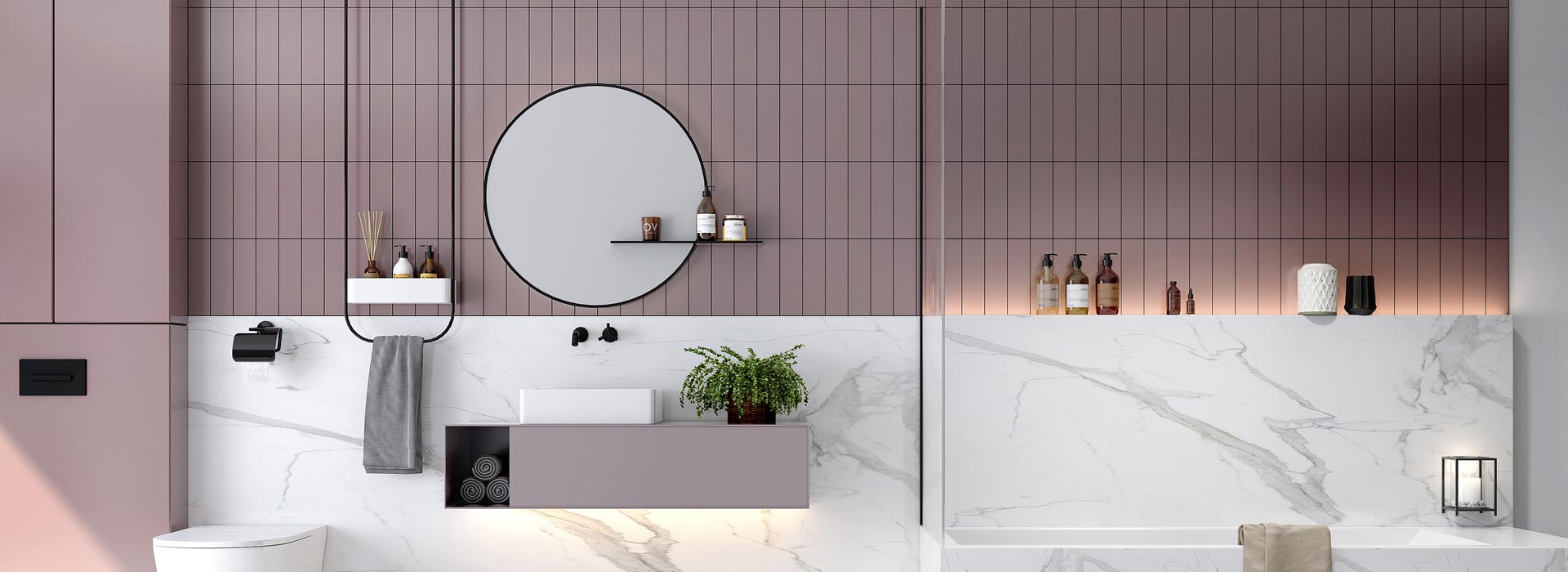
- English
- Español
- Português
- русский
- Français
- 日本語
- Deutsch
- tiếng Việt
- Italiano
- Nederlands
- ภาษาไทย
- Polski
- 한국어
- Svenska
- magyar
- Malay
- বাংলা ভাষার
- Dansk
- Suomi
- हिन्दी
- Pilipino
- Türkçe
- Gaeilge
- العربية
- Indonesia
- Norsk
- تمل
- český
- ελληνικά
- український
- Javanese
- فارسی
- தமிழ்
- తెలుగు
- नेपाली
- Burmese
- български
- ລາວ
- Latine
- Қазақша
- Euskal
- Azərbaycan
- Slovenský jazyk
- Македонски
- Lietuvos
- Eesti Keel
- Română
- Slovenski
- मराठी
- Srpski језик
How can I incorporate vintage furniture into a modern design scheme?
2024-10-07
What colors work best with vintage furniture?
When it comes to integrating vintage furniture into a modern design scheme, color is key. Neutral, muted colors like beige, grey, and cream work well with vintage furniture, as they allow the furniture to take center stage. Bold colors like red, yellow, and blue can also work, but they may require more careful pairing with other design elements to avoid looking garish.What textures and materials pair well with vintage furniture?
Textures and materials are also important considerations when incorporating vintage furniture into a modern design scheme. Pairing the warm, natural textures of vintage wood furniture with soft, cozy textiles like wool, cashmere, and silk can create a comfortable, inviting space. Mixing modern materials like steel, glass, and concrete with vintage furniture can add contrast and create a dynamic, visually interesting space.How can vintage furniture be used to create a focal point?
One effective way to incorporate vintage furniture into a modern design scheme is to use it as a focal point. This might involve positioning a vintage sofa in the center of a living room, or using a vintage dining table as the centerpiece of a dining room. To create a focal point with vintage furniture, consider pairing it with modern, minimalist design elements that draw attention to the vintage piece.What are some simple ways to refresh vintage furniture?
Vintage furniture can sometimes require a little TLC to bring it back to life. Simple ways to refresh vintage furniture include reupholstering sofas and chairs with modern textiles, refinishing wood furniture to remove scratches and stains, and swapping out outdated hardware like drawer pulls and door handles. These small adjustments can make a big difference in the overall look and feel of vintage furniture.In summary, incorporating vintage furniture into a modern design scheme requires careful consideration of color, texture, materials, and placement. By pairing vintage furniture with modern design elements, homeowners can create a comfortable, inviting space that balances vintage charm with contemporary style.
Dongguan Aishangjia Household Products Limited is a company dedicated to providing high-quality home decor and furniture to customers around the world. With a commitment to sustainable production and ethical manufacturing practices, our products are designed to stand the test of time while complementing a wide range of design styles. Contact us at asjsales@szhfd.com to learn more about our products and services.科研论文:
Smith, J. (2019). The impact of color in interior design. Journal of Home Decoration, 20(3), 45-57.
Garcia, E. (2020). Integrating vintage and modern design elements. Design Quarterly, 25(2), 11-22.
Lee, K. (2017). The psychology of furniture placement. Psychology Today, 10(4), 31-44.
Kim, Y. (2021). Sustainable manufacturing in the furniture industry. Journal of Sustainable Development, 15(1), 67-80.
Chen, H. (2018). The cultural significance of furniture design. Art and Society, 12(2), 89-100.
Martin, L. (2016). The evolution of home decor trends. Fashion and Style Quarterly, 18(4), 24-37.
Wang, Q. (2019). The role of textile design in interior decoration. Textile Journal, 22(1), 16-28.
Adams, S. (2020). Designing for small spaces. Architecture and Design, 28(3), 65-78.
Nguyen, T. (2017). The intersection of fashion and home decor. Fashion Theory, 14(2), 45-57.
Miller, A. (2018). The importance of lighting in interior design. Lighting Research Quarterly, 16(3), 10-21.



